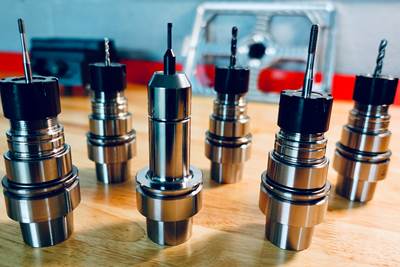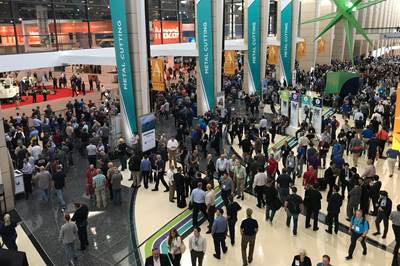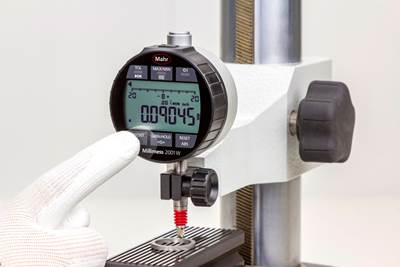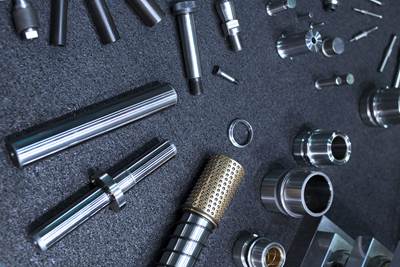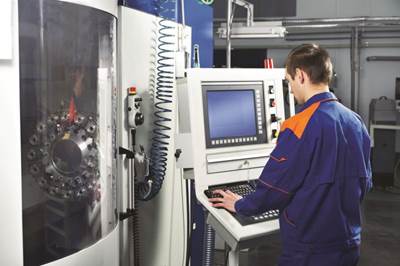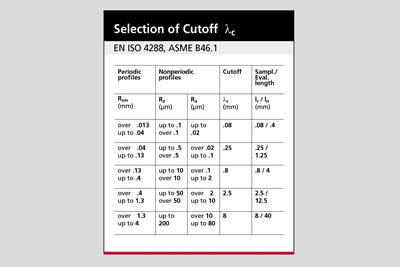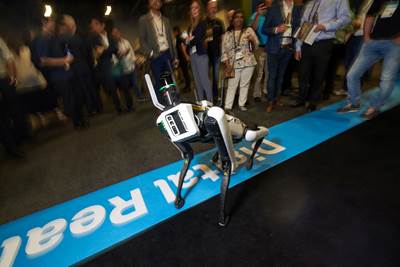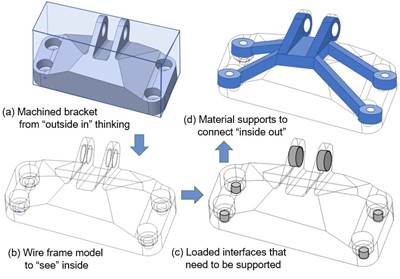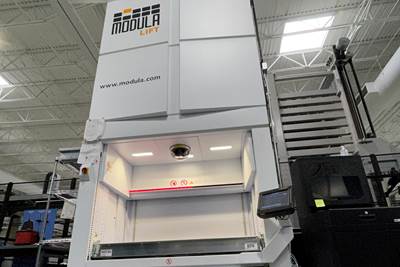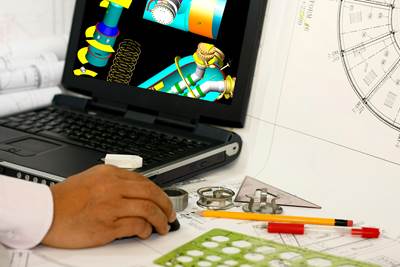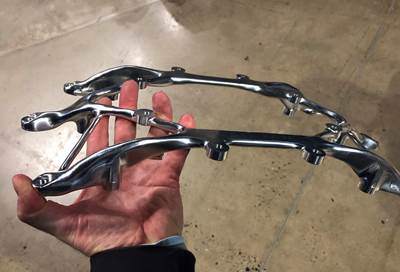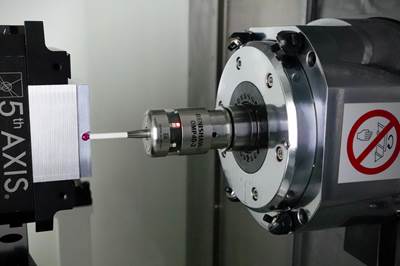Columns
How Lowering Torque Improves Tapping Tool Life
Escaping the tap breakage trap requires a long look at torque and the many factors that influence it.
Read More5 Tips for Getting the Most From the Historic Return of North America’s Biggest Manufacturing Event
Plan. Explore. Think of the future. And oh yeah, the shoes. Here is how to get the most from the major manufacturing event that none of us have experienced in four years, and that many will be experiencing for the first time.
Read MoreSensitive and Strong: Advanced Digital Comparators
Borrowing from cell phone touchscreen technology, user interfaces on industrial gages are increasingly sensitive — and strong.
Read MoreSolving Holemaking Issues: Boring or Reaming?
Single-point boring and reaming are both excellent ways to meet high tolerances and finish requirements for hole making, but each has distinct specialties.
Read MoreHow to Determine the Currently Active Work Offset Number
Determining the currently active work offset number is practical when the program zero point is changing between workpieces in a production run.
Read MoreHow to Choose the Right Cut Off When Measuring Roughness
Measurement results for surface finishing parameters can vary depending on the filter parameter (Lc), also known as the cutoff.
Read MoreHow Manufacturing Data Can Save the World
Digital spaces rooted in real-world sensor data help scale big ideas and move humanity toward a more sustainable, autonomous future.
Read MoreAdditive Mindset Can Aid Machinists
The mindset for additive flips subtractive thinking inside out.
Read MoreWhat Are the Limits to Make-to-Order Manufacturing?
Automated storage and retrieval system maker Modula produces a product with 2,000 parts and hundreds of variations that has to be completed within a customer’s site. Here is a picture of what is possible in making a product tailored to the customer.
Read MoreWhen to Use Custom Macros With a CAM System
Custom macros can offer benefits even when using a CAM system to prepare programs – but must be implemented with the right considerations.
Read MoreUsing Topology Optimization to Lightweight: A Paradox for Machining
Today’s computer software can just as easily generate lightweight shapes for subtractive processes as it can for additive ones, but it increases cost and waste to make them.
Read MoreWhat Should Machinists Know About In-Machine Probing?
In-machine probing doesn’t reach the power of CMMs but can still be useful for pre- and mid-process control, as well as for “rough screening” of parts.
Read More
